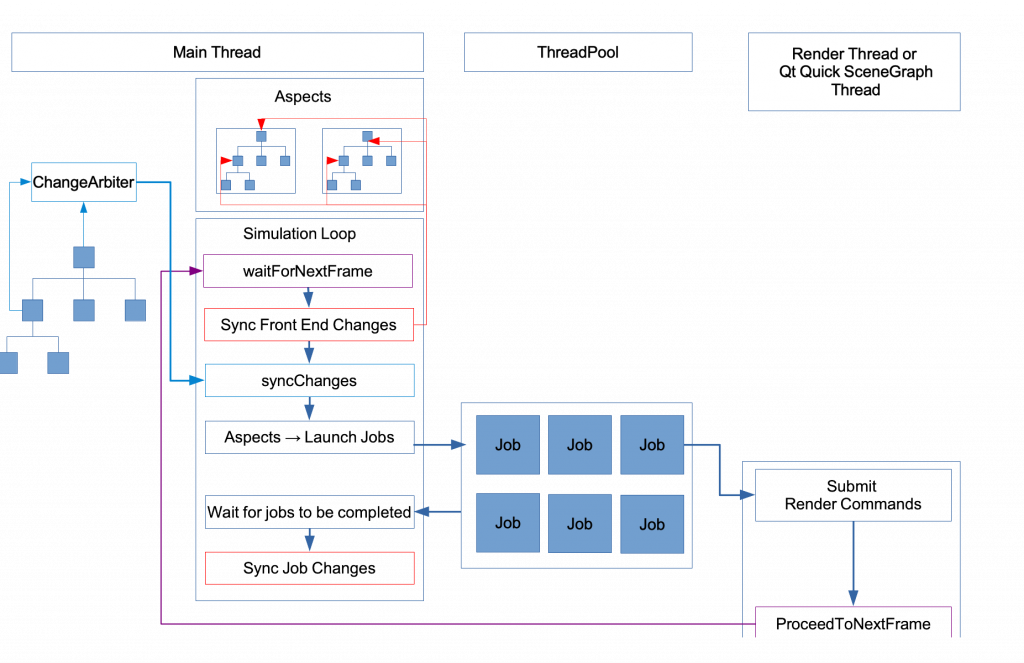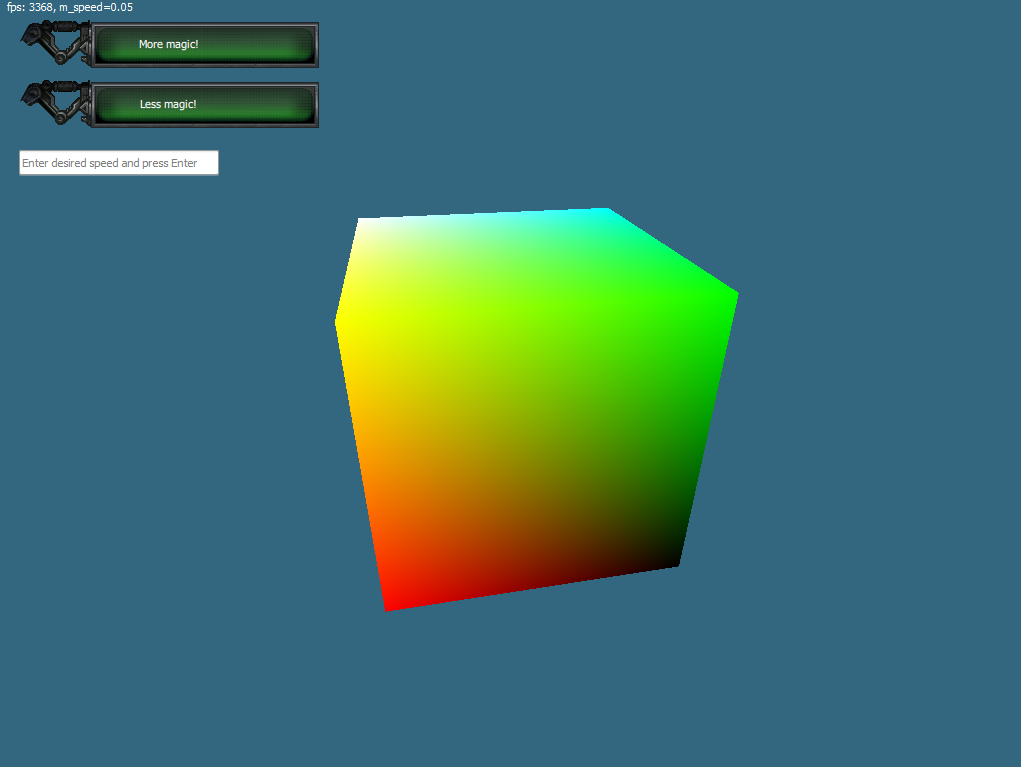Signal Slot Qt Qml
All QML object types are QObject-derived types, whether they are internally implemented by the engine or defined by third-party sources. This means the QML engine can use the Qt Meta Object System to dynamically instantiate any QML object type and inspect the created objects.
Traditional syntax: SIGNAL and SLOT QtCore.SIGNAL and QtCore.SLOT macros allow Python to interface with Qt signal and slot delivery mechanisms. This is the old way of using signals and slots. The example below uses the well known clicked signal from a QPushButton. Connect QML to C with signals and slots. Contribute to wisoltech/qt-signal-slot development by creating an account on GitHub. Are there some changes between Qt5.2 and Qt5.3 regarding to signal and slots behaviour? I've tried to switch to Qt5.3 but my Signals and Slots with QVariant are not working between QML and C. I've written a small example that is working fine with Qt5.2 but not with Qt5.3. Thus, you can access the object that was loaded into the context of the QML engine, call its slot, and process the signal from this object. It is also not necessary to declare receiveFromQml as a slot in this case. This method can also be declared as QINVOKABLE method. Signals and slots are loosely coupled: A class which emits a signal neither knows nor cares which slots receive the signal. Qt's signals and slots mechanism ensures that if you connect a signal to a slot, the slot will be called with the signal's parameters at the right time. Signals and slots can take any number of arguments of any type.
This is useful for creating QML objects from C++ code, whether to display a QML object that can be visually rendered, or to integrate non-visual QML object data into a C++ application. Once a QML object is created, it can be inspected from C++ in order to read and write to properties, invoke methods and receive signal notifications.
Loading QML Objects from C++
A QML document can be loaded with QQmlComponent or QQuickView. QQmlComponent loads a QML document as a C++ object that can then be modified from C++ code. QQuickView also does this, but as QQuickView is a QWindow-derived class, the loaded object will also be rendered into a visual display; QQuickView is generally used to integrate a displayable QML object into an application's user interface.
For example, suppose there is a MyItem.qml file that looks like this:
This QML document can be loaded with QQmlComponent or QQuickView with the following C++ code. Using a QQmlComponent requires calling QQmlComponent::create() to create a new instance of the component, while a QQuickView automatically creates an instance of the component, which is accessible via QQuickView::rootObject():

This object is the instance of the MyItem.qml component that has been created. You can now modify the item's properties using QObject::setProperty() or QQmlProperty:
Alternatively, you can cast the object to its actual type and call methods with compile-time safety. In this case the base object of MyItem.qml is an Item, which is defined by the QQuickItem class:
You can also connect to any signals or call methods defined in the component using QMetaObject::invokeMethod() and QObject::connect(). See Invoking QML Methods and Connecting to QML Signals below for further details.
Accessing Loaded QML Objects by Object Name
QML components are essentially object trees with children that have siblings and their own children. Child objects of QML components can be located using the QObject::objectName property with QObject::findChild(). For example, if the root item in MyItem.qml had a child Rectangle item:

The child could be located like this:
Note that an object may have multiple children with the same objectName. For example, ListView creates multiple instances of its delegate, so if its delegate is declared with a particular objectName, the ListView will have multiple children with the same objectName. In this case, QObject::findChildren() can be used to find all children with a matching objectName.
Warning: While it is possible to use C++ to access and manipulate QML objects deep into the object tree, we recommend that you do not take this approach outside of application testing and prototyping. One strength of QML and C++ integration is the ability to implement the QML user interface separately from the C++ logic and dataset backend, and this strategy breaks if the C++ side reaches deep into the QML components to manipulate them directly. This would make it difficult to, for example, swap a QML view component for another view, if the new component was missing a required objectName. It is better for the C++ implementation to know as little as possible about the QML user interface implementation and the composition of the QML object tree.
Accessing Members of a QML Object Type from C++
Properties
Any properties declared in a QML object are automatically accessible from C++. Given a QML item like this:
The value of the someNumber property can be set and read using QQmlProperty, or QObject::setProperty() and QObject::property():
You should always use QObject::setProperty(), QQmlProperty or QMetaProperty::write() to change a QML property value, to ensure the QML engine is made aware of the property change. For example, say you have a custom type PushButton with a buttonText property that internally reflects the value of a m_buttonText member variable. Modifying the member variable directly like this is not a good idea:
Since the value is changed directly, this bypasses Qt's meta-object system and the QML engine is not made aware of the property change. This means property bindings to buttonText would not be updated, and any onButtonTextChanged handlers would not be called.
Invoking QML Methods
All QML methods are exposed to the meta-object system and can be called from C++ using QMetaObject::invokeMethod(). Method parameters and return values passed from QML are always translated into QVariant values in C++.
Here is a C++ application that calls a QML method using QMetaObject::invokeMethod():

| QML |
| C++ |
Notice the Q_RETURN_ARG() and Q_ARG() arguments for QMetaObject::invokeMethod() must be specified as QVariant types, as this is the generic data type used for QML method parameters and return values.
Qt Qml C++ Signal Slot

Connecting to QML Signals
All QML signals are automatically available to C++, and can be connected to using QObject::connect() like any ordinary Qt C++ signal. In return, any C++ signal can be received by a QML object using signal handlers.
Qt Qml Signal Slot Example
Here is a QML component with a signal named qmlSignal that is emitted with a string-type parameter. This signal is connected to a C++ object's slot using QObject::connect(), so that the cppSlot() method is called whenever the qmlSignal is emitted:
Qt Signal Slot C++ Qml
When a QML object type is used as a signal parameter, the parameter should use var as the type, and the value should be received in C++ using the QVariant type: